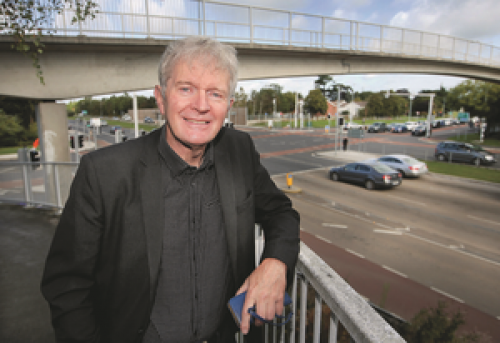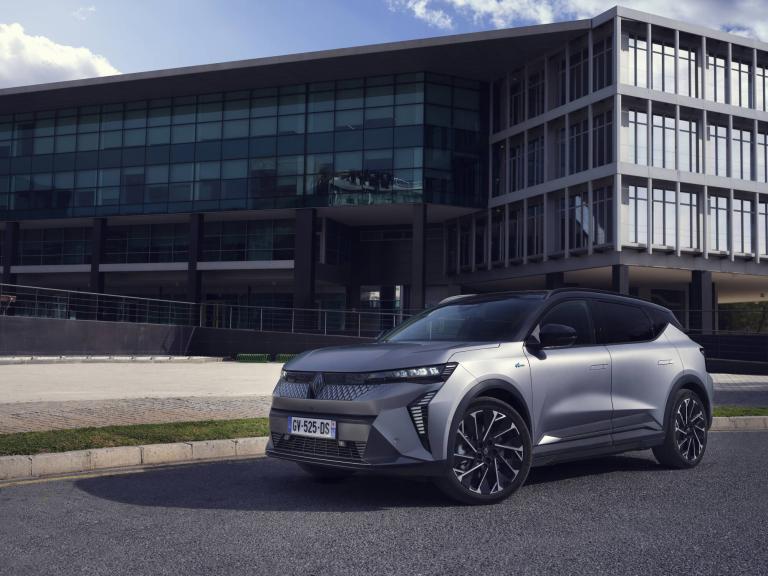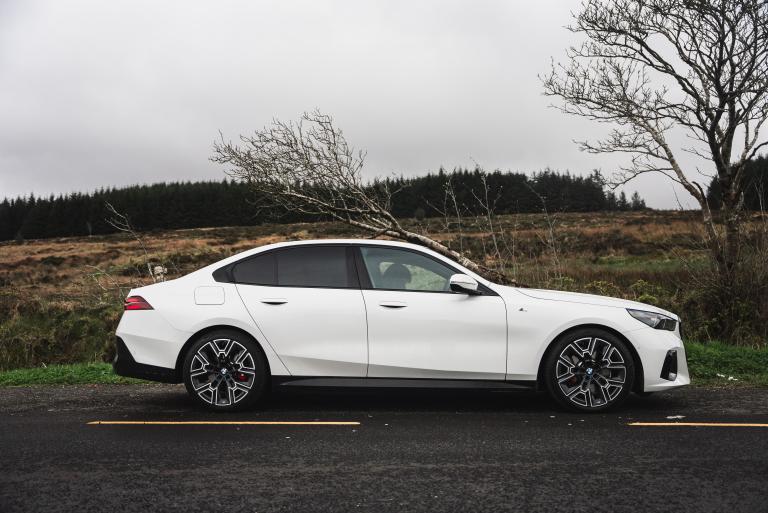Nissan offers different take on hybrid game with X-Trail
Overview
Football is rich in examples of star players being deployed from their old role to a new one – for the good of the team.
The Nissan X-Trail hybrid is a bit like that. It has shoved its centre forward (the petrol engine) into midfield and put the midfielder (battery/motor) up top. The result is a different sort of take on how to power your hybrid. In this case, Team Nissan have come up with a seven-seater crossover/SUV that’s different.
I say that knowing you will pick on something in its rivals (Skoda Kodiaq, Volkswagen Tiguan Allspace and Toyota RAV-4) to show how they bring something different to the table too.
But right now, the “e-factor” puts the X-Trail up to opponents a bit more. I’m not saying it would win every customer, but it might be in the game a bit longer.
It has what I’ll call the e-factor in exploiting the “electrified” side of things. Electrified doesn’t mean pure electric, of course. It can mean it has at least one electric power source (battery) allied with petrol or diesel.
So we get concepts such as e-Power, e-4orce and e-Pedal.
Why this chic new Funky Cat could well leave you purring
Strong showing of EVs in World Car of Year awards final list of contenders
On the way: latest Hyundai i10 supermini gets a facelift and is due here in summer
The e-Power set up uses a 1.5-litre turbocharged petrol engine, a battery and an electric motor. It charges the 2.1kWh battery or directly supplies power to the 150kWh motor to drive the wheels.
But only the motor drives the wheels. At no time does the engine directly drive them as is more the norm with hybrid set-ups.
Nissan says the system means there is a more level use of the petrol engine for power and you get greater economy from the near-absence of high revs. You also get electric power – via the motor – without having to plug in.
I didn’t notice mega low consumption but it was a bit strange, a couple of times, to hear the engine running when the car was stopped. It was a case of the technology telling the engine the battery needed to be topped up.
Nissan claims there is an electric-drive feeling to driving it. I’m not sure what that means but the new lightweight chassis has improved handling and ride no end in this crossover.
There was a nice sense of power on occasions when I opted for a brisk bit of driving. It was reassuringly supple and steadfast in town and out. And easy to park.
Then there was e-4ORCE on board my test car. This is essentially a four-wheel drive system that uses motors on the front and rear axles. A bit like having two centre forwards.
And because it doesn’t need a prop-shaft, the rear seat can have a flat floor and there is room for the third row. Normally you don’t get a third row from rivals if you want a hybrid or PHEV option. That is a big positive.
And then there is the e-Pedal (when switched on). This lets you drive – decelerate, accelerate or simply cruise – by using just one pedal (the accelerator). It’s OK to a point, in stop-start traffic especially where you don’t have to flick between the brake and accelerator pedals. I tend to favour use of the two pedals.
So that’s the critical e-factors out of the way. They do have a cumulative impact on your driving. It’s smart technology, expertly packaged.
When the frisson of adventure into “e territory” settled, what about other elements of the large car for a family?
I’ve mentioned the on-road driving (there was a little bit of unusual off-roading too) and the car’s composure overall.
Obviously there is a link between that and comfort levels in a cabin that is big, roomy and smart-looking.
The graphics on the displays were clear and precise, and the seating in my well-heeled version had excellent electric adjustability.
The driving position, not surprisingly, was first rate thanks to my electric/adjustable seat.
While there are good levels of equipment throughout, I think the mid-spec SV Premium (€57,995) looks to be the best option in terms of tech and comfort.
Even that won’t help boot space, however. It was only poor-to-middling when all the seats were up. That’s a common complaint for seven seaters so I won’t condemn Nissan for that. Pity it can’t work an e miracle in that area and call it “e-space”.
Other important elements for a family passed muster. The rear doors opened out wide for passengers to get in to the second or third rows. And it was easy to pop up and/or flatten the two third-row seats. Those are, understandably, suited to younger, smaller frames.
The X-Trail has been a top player for large-family money for some time.
This latest “e generation”, with its new-found “electric” ability, looks like keeping it that way.
Fact File
Nissan X-Trail, seven-seater SUV, four-wheel drive. SV e-4Force from €54,995, SV Premium €57,995, SVE €61,995. Entry level spec includes 18in alloys, parking sensors, drive modes, 7in TFT combimeter, A-IVI display audio 8in, rear-view cameras, lane-side support systems, vehicle dynamic controls. SV Premium adds roof rails, 12.3in combimeter, “around view” monitor, two-piece luggage board, electric sunroof. SVE adds 19in wheels, side parking sensors, three-zone air con, ProPILOT, full auto park.
Why this chic new Funky Cat could well leave you purring
Strong showing of EVs in World Car of Year awards final list of contenders
On the way: latest Hyundai i10 supermini gets a facelift and is due here in summer



